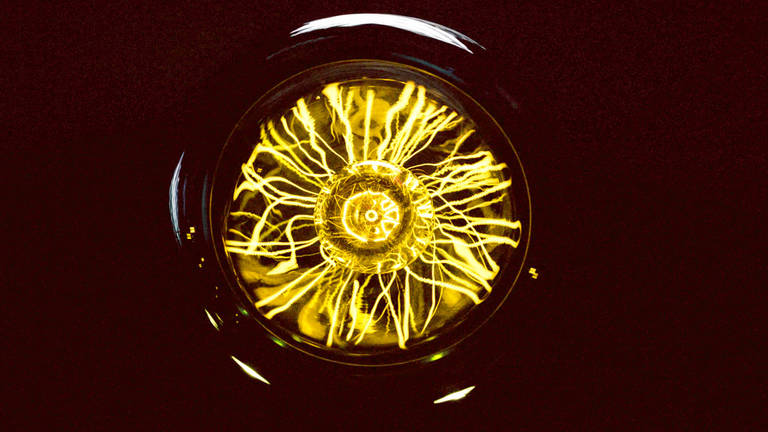
A mystery that has puzzled science for decades is superconductivity. When various solids are cooled to extremely low temperatures, they can conduct electricity without losing energy
This happens because the freezing temperature lets the electrons to move slowly enough to overcome their natural repulsion with one another, and they begin to pair up, like any good couple, when they balance and move in the same direction.This way, the electrical resistance disappears.
Last year, a team at the University of Rochester made a metal compound that for the first time exhibits superconductivity at room temperature.
You need to have two very small diamond tips, sit them opposite each other. Then you place your sample that you want to examine between these diamond points so that you can exert mechanical force.
The team exerted pressures almost as extreme as those in the earth's core by crushing the compound in a microscopic niche they carved out of a diamond anvil and at the same time, they triggered chemical reactions with a laser beam. That's how they could have such a thing as a superconductor in room temperature.
Someone can argue that you've gone from one extreme to the other, so who cares? What is the Big deal here? There was a time when the scientists thought that a super-conduction in room temperature is not possible. This is too good to be true and is a landmark discovery but there is still a lot to be done because even though we know the original composition, Floating trains, Lossless energy transfer and perfect energy storage are still utopian dreams, but we may not be far away.
Optimistically, probably in the next five or ten years we could be able to get to a real application.









